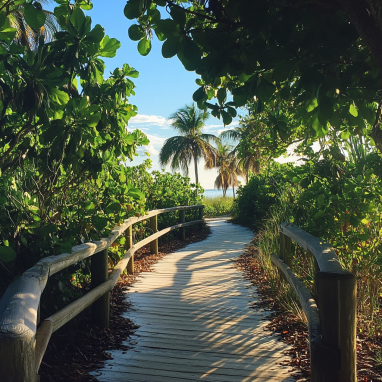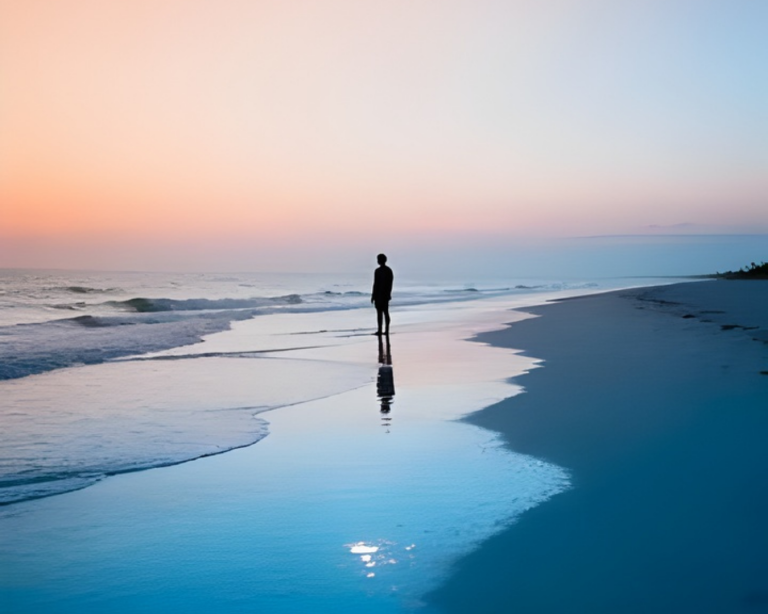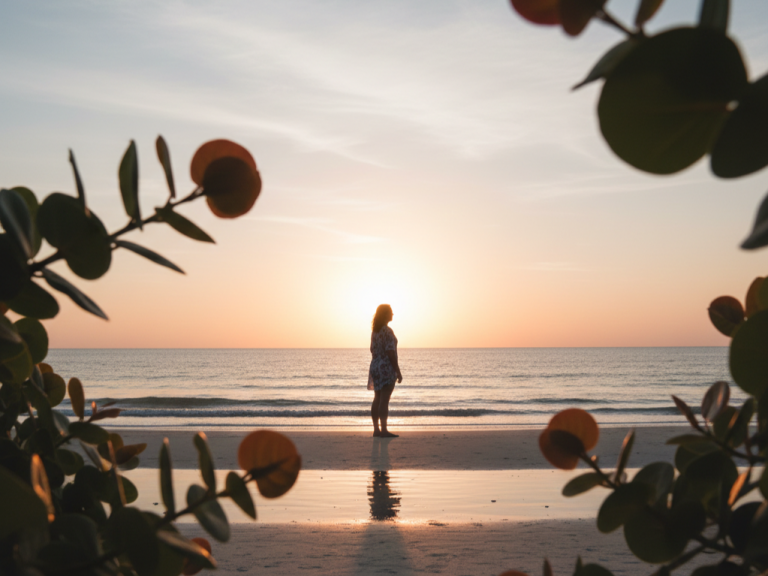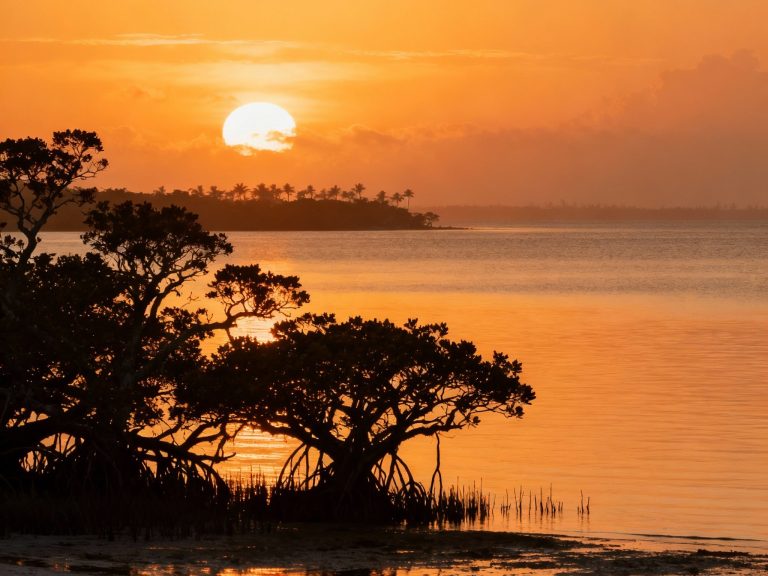🌿 Discover the lush beauty of Sanibel Island’s unique plants! 🌴✨
🌺 From vibrant wildflowers to iconic mangroves, Sanibel’s flora is a paradise for nature lovers. 🌞💚
💭 What’s your favorite plant or tree on Sanibel Island? Let us know in the comments! 🌱
#SanibelNature #IslandFlora #TropicalPlants #SanibelMangroves #WildflowersOfSanibel #NatureLovers #ExploreSanibel #SanibelParadise #EcoTourism #IslandBeauty
Sanibel Island is home to an incredible variety of plants, from colorful wildflowers to resilient mangroves, making it a haven for nature enthusiasts.
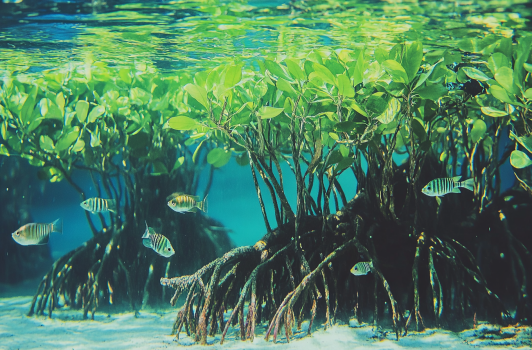
Sanibel Island isn’t just known for its pristine beaches and abundant shelling opportunities—it’s also a treasure trove of diverse and fascinating plant life. From the striking beauty of hibiscus blooms to the ecological importance of mangroves, the island’s flora offers an enchanting glimpse into its tropical ecosystem. Join us as we explore the lush greenery that defines this slice of paradise!
Main Section
| Bab | Subbab | Detail |
|---|---|---|
| 1. Coastal Flora | A. Sea Grapes | Found along the dunes, sea grapes help protect the beaches from erosion and provide shade. |
| B. Beach Morning Glory | A vine with purple flowers that stabilizes sandy areas while adding a splash of color. | |
| 2. Tropical Blooms | A. Hibiscus | Known for their vibrant colors, hibiscus flowers thrive in Sanibel’s warm climate and attract pollinators like bees and butterflies. |
| B. Bougainvillea | These climbing plants bring vivid magenta, orange, or white hues to gardens and streets. | |
| 3. Mangroves and Wetlands | A. Red Mangroves | Found in coastal wetlands, they play a vital role in protecting the shoreline and serving as a habitat for marine life. |
| B. Buttonwood Trees | Located near mangroves, these trees tolerate salt and add diversity to Sanibel’s ecosystems. | |
| 4. Rare and Endemic Plants | A. Cactus Apple | A unique cactus species producing small fruits, found in sandy soils. |
| B. Gumbo Limbo Tree | Known as the “tourist tree” due to its peeling red bark, this tree is a native treasure. |
Fun Facts
- Sanibel Island has over 1,000 native plant species, making it one of the most botanically diverse locations in Florida.
- The mangroves on the island are vital nurseries for fish, crabs, and other marine species.
- Hibiscus plants on Sanibel are often used in local landscaping due to their ability to withstand the salty air.
- Sea grapes are not only important for erosion control but also produce edible fruits that locals sometimes turn into jam or wine.
- The tropical climate allows Sanibel’s flora to bloom year-round, offering a constant display of nature’s beauty.
Conclusion
Sanibel Island’s diverse flora is a true testament to nature’s beauty and resilience. From coastal protectors like mangroves to vibrant tropical blooms, the island’s plant life creates a harmonious ecosystem that supports wildlife and enhances the visitor experience. Exploring Sanibel’s lush vegetation not only reveals its natural charm but also teaches us the importance of preserving such unique environments.
Thank You
Thank you for joining us on this exploration of Sanibel’s vibrant plant life! 🌿✨ We hope this inspires you to cherish and protect the natural wonders around us. Share your favorite Sanibel flora experiences—we’d love to hear your stories!
Quiz
Credit to @StephanieLWatts
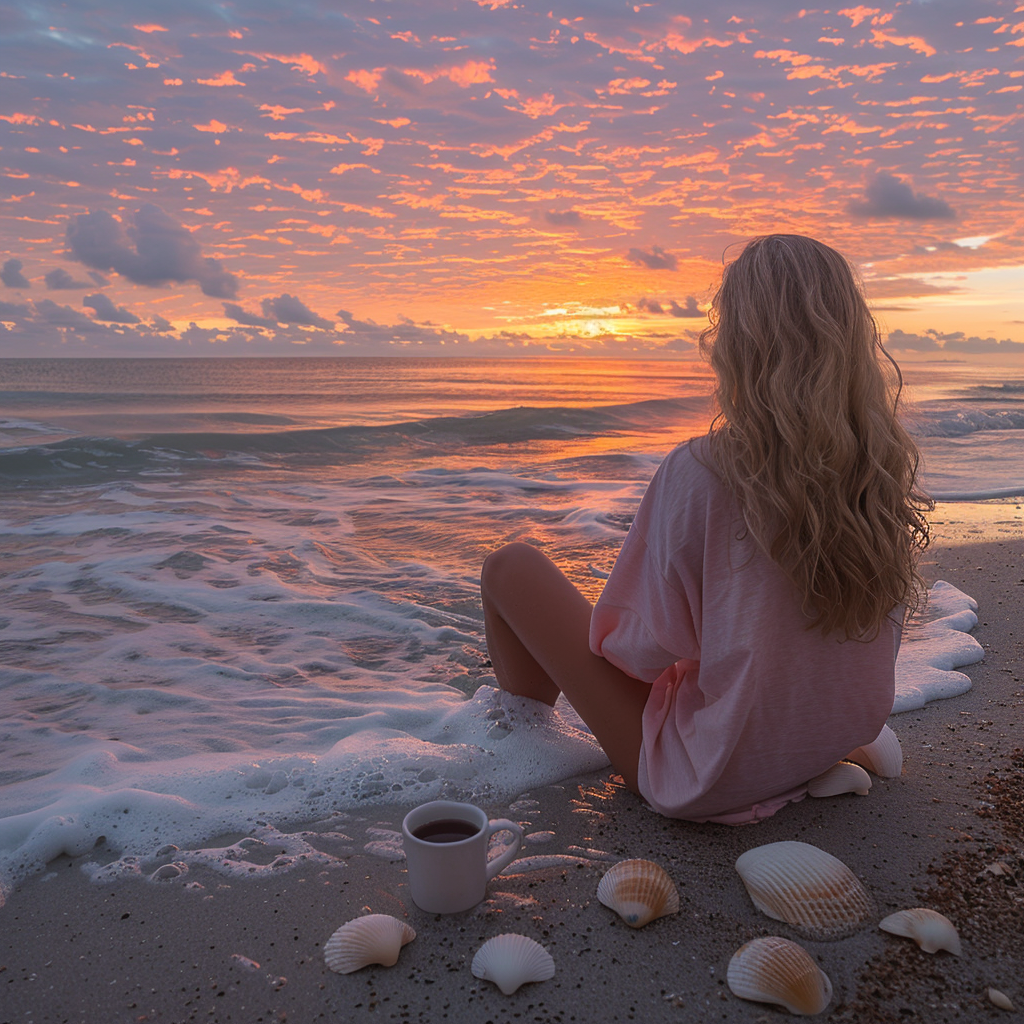
I’m Ayla Wolesky, and I’ve spent years exploring every corner of Sanibel Island. From its pristine beaches to the hidden gems only locals know about, I’m passionate about sharing everything this beautiful island has to offer. Whether it’s the best spots for shelling, the wildlife that makes Sanibel so special, or where to enjoy a perfect sunset, I’ve got you covered. My goal is to provide insider tips and up-to-date information that will help you experience Sanibel Island like never before.


